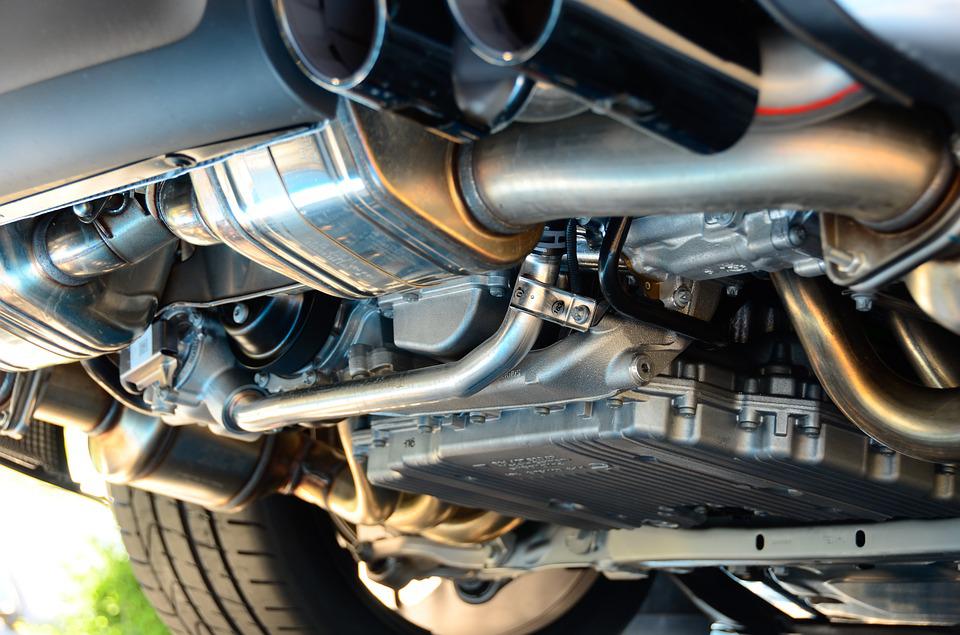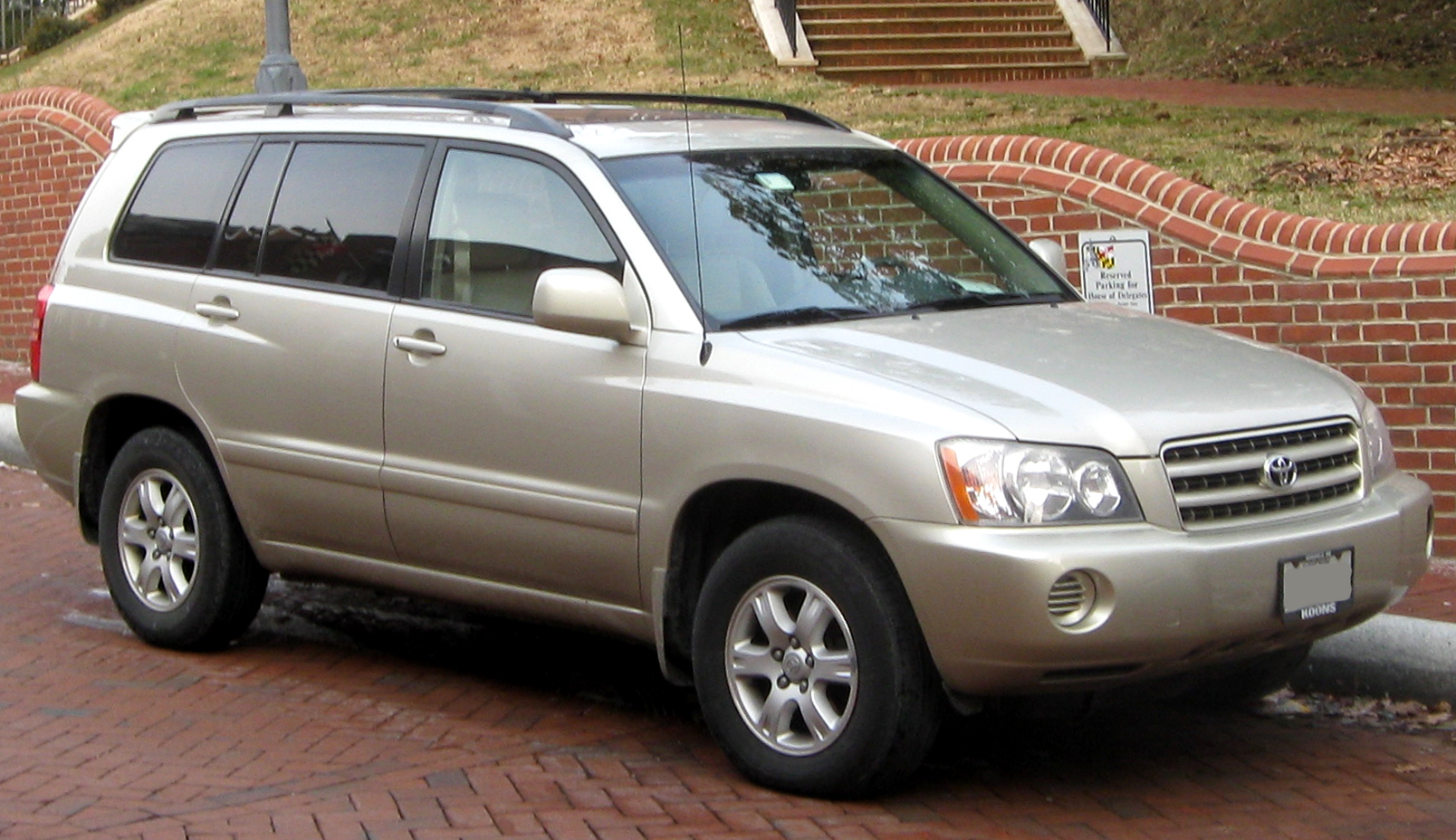
There might be something wrong with your car’s exhaust system when driving starts feeling sluggish and the mileage from a gallon of gas is poor. In most cases, the major culprit is a dirty catalytic converter. The catcon is a major component of the car exhaust system that can have far-reaching effects on how you drive.
Located between the engine and muffler, the catcon’s purpose is to reduce emission from the car exhaust to an efficiency level as required by every State. As a result, the gases emitted by your vehicle have a lesser damaging impact on the environment.
If you are just purchasing a secondhand car, one of the things you should thoroughly inspect is the car exhaust system. This will help you identify whether the catcon needs cleaning immediately after the purchase, or you still have a few more years on it. However, it is important you know about the symptoms of a bad catalytic converter so you are safe and forewarned.
Bad Catalytic Converter Symptoms
External impact from debris on the road or the overheating of engine components can cause a failing catcon. Below are some of the commonest signs of a bad catcon:
- Engine misfiring
- Loss of power while accelerating
- Reduced performance
- Reduced exhaust system performance
- Fuel vapor
- Increased emissions
- Check engine light or MIL comes on
- Failed emission tests
- Noises originating from your car exhaust system
A blocked catcon will also cause ignition misfires. If any of these symptoms are present and the exhaust system is left unfixed, it could cause overheating and melting of the internal catalytic converter components.
In most cases, a catalytic converter ought to last for at least ten years. The best course of action is getting a replacement. However, you can also clean the unit, at home, using the three methods below if you are low on cash and looking to buy some time before you can obtain a replacement.
Method 1: Run Engine with a Catcon Cleaner
To clean your car’s converter, you may use commercial catalytic converter cleaners, which are widely available on the market. The basic cleaning process for the best catalytic converter cleaner products involves:
- Pouring the contents of the cleaner into your gas tank
- Driving your car until you are just about to run out of gas to ensure that you’ve used up most of the cleaning product
- Clearing the error codes using an OBDII scanner
- Filling up your gas tank
- Re-calibrating your car’s system by driving about 50 miles on highways and city streets
Method 2: Run Engine with High-Octane Gas
There is a chance that oil deposits or gunk from years of exhaust passing through has compromised your car catcon’s performance. Fortunately, there is a second easy method of cleaning your exhaust. Unfortunately, this method only works if the catcon is malfunctioning due to contamination identified here.
When your car is running on an almost empty tank, fill it up with high octane gasoline – the finest grade you can find. Make sure you do not fill up the tank while it already has plenty of ordinary gas in it. This will only dilute the high-octane gas you put in, and the trick will not work.
After driving on high-octane for a few hundred miles, shut the check engine light off using an OBDII diagnostic scanner. Next, continue driving with ordinary fuel for a week and see if the check engine light will stay off. If it stays off, you will know that you only had a contaminated catalyst system, and the high-octane gas has cleaned it out.
Method 3: Manual Washing
First, make sure your car is parked on a flat, hard surface with plenty of light. Once the converter has cooled, use a wrench to remove it. Make sure you are working in a well-lit area and wearing protective gloves and goggles for added safety.
Once you remove the catcon, inspect it for signs of physical damage and check the passageways. It’s highly recommended that you replace a catcon that is fully blocked.
If the catcon is only partially blocked, soak it in a mixture of hot water and degreaser. Check on it repeatedly until you have observed that the clog has come out. Finally, thoroughly rinse and dry it before putting it back into the car.
Final Stretch
Once you have cleaned out your catalytic converter, take your car out for a one to two-mile drive. During the drive, quickly slow down and accelerate again to see if the car’s acceleration has improved or not.
If there’s a difference, it means that you have successfully managed to remove the dirt in your car’s catalytic converter. Another thing you should note include improved gas mileage, and you will require fewer fuel for your usual route.









